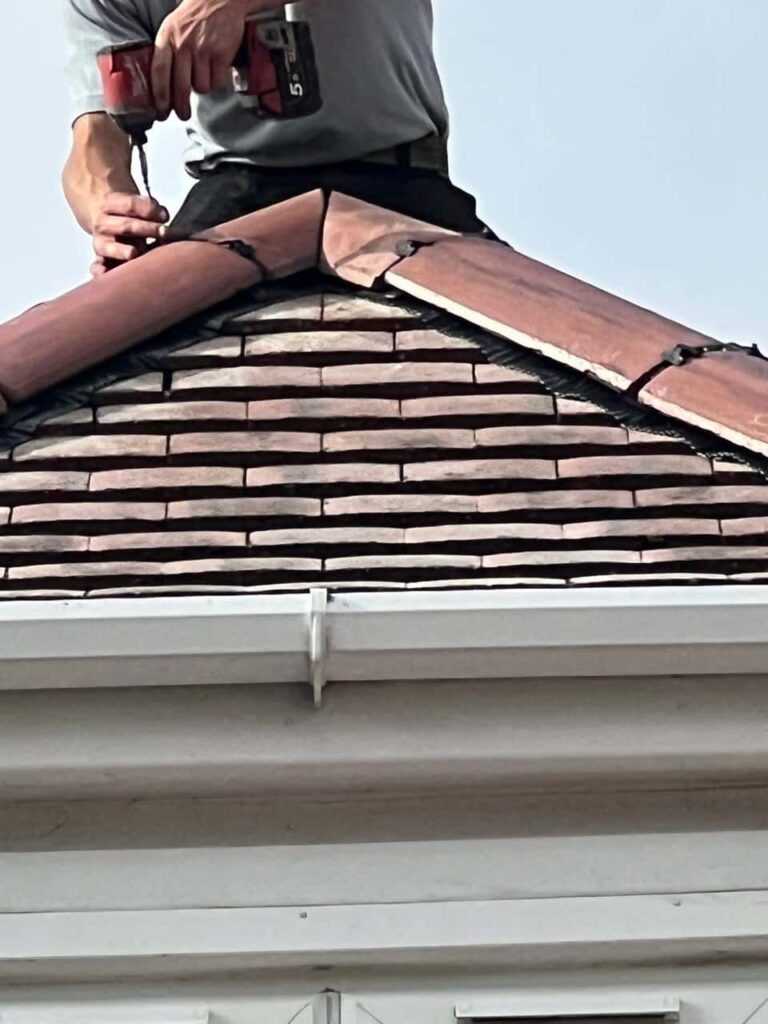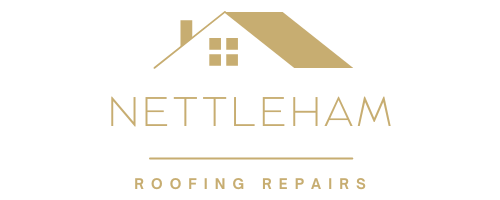Mono-pitched roofs, often chosen for their clean design and efficient drainage, are a popular choice across the UK for modern homes, extensions, and commercial buildings. While they are durable and low-maintenance, they are not immune to wear over time. Knowing the typical weak points and how to address them is essential for protecting your property. Homeowners in Nettleham, Lincolnshire can rely on the expertise of Nettleham Roofing Repairs to diagnose and restore any issues with precision and care.
Understanding the Structure of a Mono-Pitched Roof
A mono-pitched roof, sometimes called a single-slope or lean-to roof, consists of one angled plane that slopes in a single direction. This simple structure is excellent for water runoff and can complement both traditional and contemporary architecture. However, because of its design, certain areas are more prone to stress, water pooling, or damage from the elements.
Common Weak Spots in Mono-Pitched Roofs
Despite their simplicity, mono-pitched roofs have specific vulnerabilities that require professional attention. Recognising these early can prevent major repair work later on.
1. Roof Flashings and Junctions
Flashings, especially around chimneys, vents, and adjoining walls, are key points of weakness. Over time, sealants can dry out or lift, allowing water to penetrate beneath the surface. Even a small gap in the flashing can lead to leaks and moisture damage inside the property.
2. Roof Edges and Eaves
The lower edge of a mono-pitched roof bears the brunt of rainwater runoff. If gutters become blocked or the drip edge is poorly installed, water can spill over and damage the fascia boards or wall render. Consistent exposure can also cause moss or algae growth, which may trap moisture and weaken the roofline.
3. Roof Covering Joints and Fixings
Tiles, sheets, or membranes that cover the roof are held in place by fixings that can loosen or corrode over time. This is especially common in areas exposed to high winds. Once fixings fail, the material can lift, creating gaps that allow water to seep underneath.
4. Roof Valleys and Abutments
Where the mono-pitched roof meets another section or an adjoining wall, valleys and abutments form natural weak spots. These areas collect and channel water, meaning any damage or debris buildup can lead to pooling and leaks.
5. Poor Drainage and Water Runoff
If the slope angle is too shallow or gutters are not properly maintained, water may not drain efficiently. Standing water accelerates material wear, particularly on felt or membrane systems, leading to cracks and eventual leaks.
Professional Solutions for Repairing a Mono-Pitched Roof
Addressing problems with a mono-pitched roof requires the right expertise, materials, and attention to detail. The specialists at Nettleham Roofing Repairs apply proven repair methods that restore both function and durability.
Targeted Flashing Repairs
We carefully inspect all flashings, removing old materials and resealing joints using high-performance solutions to prevent leaks and improve longevity. Properly maintained flashing ensures that rainwater flows away from vulnerable areas.
Replacement of Damaged Roof Coverings
Whether the roof is finished with tiles, metal sheets, or felt, damaged sections are replaced with new materials that blend seamlessly into the existing surface. Each repair is completed to maintain a consistent, watertight finish.
Reinforcement of Fixings and Fastenings
Loose or corroded fixings are replaced and reinforced to withstand strong winds and movement caused by temperature changes. This prevents future lifting or displacement of the roof covering.
Improved Drainage Systems
Our team ensures gutters, downpipes, and drip edges are free-flowing and properly aligned. In some cases, we recommend small adjustments to the roof’s fall or the installation of new drainage components to improve efficiency.
Preventative Maintenance and Inspections
Regular roof inspections help identify developing issues before they become serious. Early detection of cracks, minor leaks, or structural concerns allows for timely, cost-effective repairs and extends the lifespan of the roof.
Signs That Your Mono-Pitched Roof Needs Attention
Homeowners should remain alert for signs that indicate their roof might need professional repair. Common warning signs include:
- Water stains or damp patches on ceilings or walls
- Visible cracks or lifted sections on the roof covering
- Blocked or overflowing gutters during rainfall
- Moss or algae build-up along the roofline
- Dripping or pooling water near the eaves
If any of these symptoms are present, it’s time to contact Nettleham Roofing Repairs for a detailed inspection. Ignoring them can lead to further deterioration, increasing the risk of leaks and structural damage.
Why Choose Professional Repairs Over DIY
Roofing repairs may appear straightforward, but mono-pitched roofs require a precise understanding of drainage flow, sealing points, and load distribution. Attempting repairs without the correct knowledge or tools can make the issue worse. By entrusting the work to Nettleham Roofing Repairs, property owners benefit from expert craftsmanship, the right materials for the job, and a long-lasting result that ensures the roof continues to protect their home effectively.
Conclusion
A mono-pitched roof is a practical and stylish choice for many properties, but like any roofing system, it needs professional care to perform at its best. Knowing where common weaknesses occur and acting quickly when issues arise can prevent long-term damage. For reliable inspections, expert advice, and quality repairs in Nettleham, Lincolnshire, homeowners can depend on Nettleham Roofing Repairs to restore the integrity and durability of their mono-pitched roofs.
Call us on: 01522 305 995
Click here to find out more about Nettleham Roofing Repairs
Click here to complete our contact form and see how we can help with your roofing needs.

